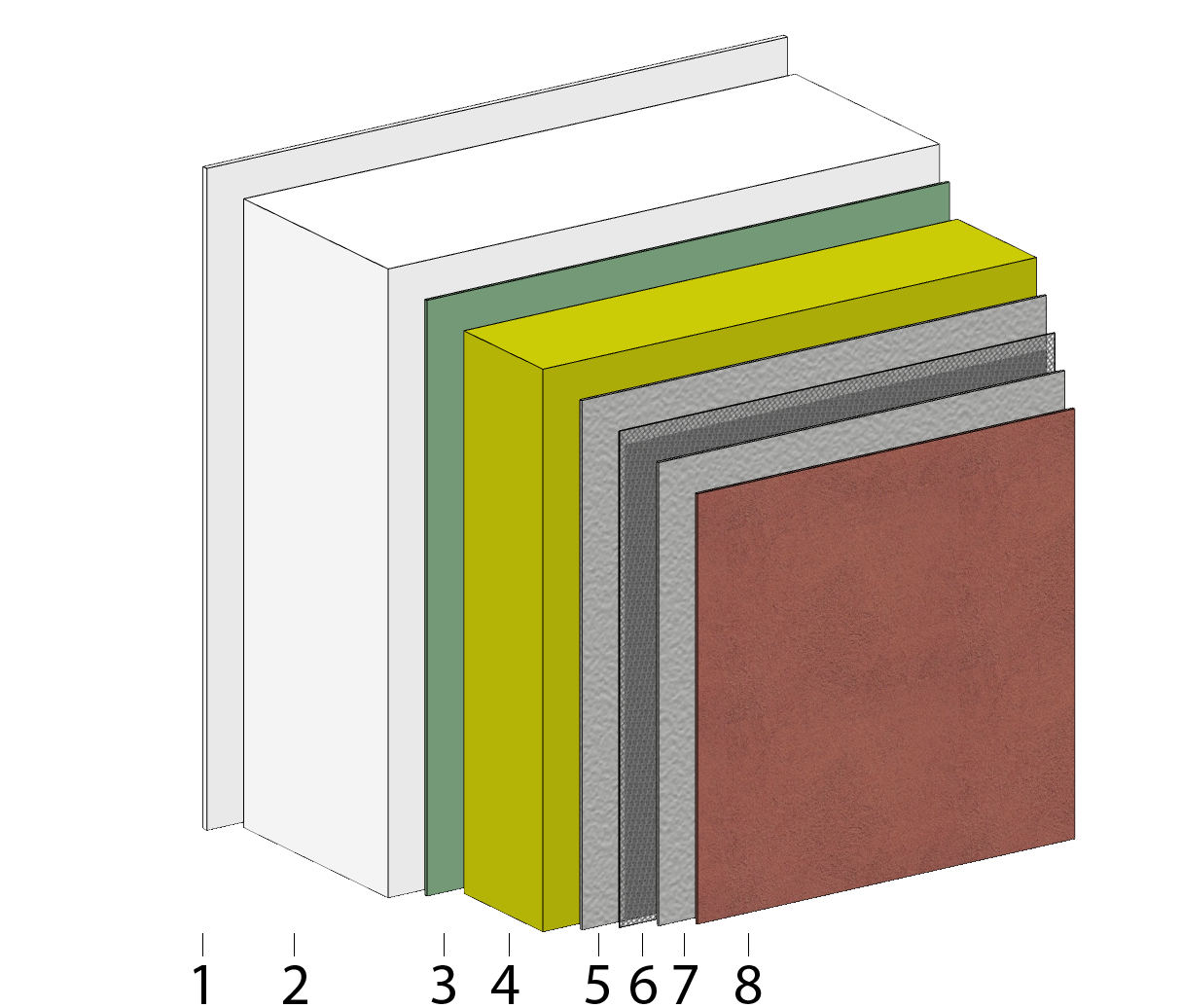Basement or no basement – that is the question. Here you can find out what advantages a basement offers, what needs to be considered and what costs are involved in building a basement.
the essentials in brief
- House technology, heating systems and washing machine housed in the basement are advantageous for the living space. Hobbies can also be pursued.
- The costs for the basement must be offset against the costs for a floor slab. In addition, some factors of the building site and the house project influence the basement costs. A basement increases the market value of the house.
- If an external company builds the basement, coordination problems can arise. However, costs can often be saved in this way. But there are also risks: delays in construction, inadequate fitting accuracy, additional costs – the client alone is then responsible for this.
basement construction costs
A basement increases the value (and resale value) of the home. Prefabricated houses and solid houses with a basement have a significantly higher market price. But the construction price is also higher.
But it should also be noted that the floor slab instead of a basement also costs between 10000-18000 euros.
For a prefabricated house with a basement, you should budget between 180 and 430 euros per square meter compared to a house with a floor slab.
For a 100 m² single-family house, you can count on 40,000 euros – although no general figures are possible here.
The following factors influence the costs:
- Condition of the subsoil (rocky, sandy, damp subsoil, contaminated sites)
- Static requirement for the foundation of the house
- Prefabricated basement or solid construction
The basement and usually the floor slab are not included in the prefabricated house offer. Because prefabricated houses are often priced OK (upper edge of the basement ceiling or upper edge of the floor slab). Builders have to talk to providers about existing options – have them built externally or make their own offers. The price-performance ratio varies greatly.
Who builds the basement?
A company is often commissioned to build the cellar. Because with a cheap offer, costs can definitely be saved. However, this can lead to coordination difficulties with the house construction company: Not only with deadlines, but also with important structural details such as sealing and fitting accuracy.
The disadvantage of external commissioning is that the client has to coordinate more. You are also responsible for the accuracy of the fit.
Therefore, it is safest if the same company plans and builds the basement and the house. In this way, errors in the assessment of the subsoil, in the sealing concept and in the construction process can be avoided – these can quickly become expensive and delay the construction of the house enormously!
In particular, it must be determined whether the provider carries out the basement himself and what experience he has in this regard. If the latter plans to use an external company for this, both should work together for a long time if possible.
Prefab benefits
The elements of a prefabricated basement (walls, ceilings) are pre-assembled in the factory according to the principle of a prefabricated house. All doors, windows and openings for stairs and fireplace are then pre-planned. The elements are moved into the excavation pit with a crane and cast in ready-mixed concrete.
Prefabricated basements have the following advantages:
- short construction time, thus planning and coordination security during the subsequent construction of the house
- comparatively cheap
- Fixed Price Guarantee
- Deadliness
The so-called white tank
Basements of prefabricated houses are mostly so-called “white tubs”. While basements used to be sealed with black bitumen – that would be a so-called “black tub” – today they are built with waterproof concrete, also known as waterproof concrete.
White tub cellars do not have to be additionally sealed from the outside and, if done professionally, will remain tight and dry for decades. In the event that cracks do appear, they can be sealed again from the inside – without external intervention and digging work.
What about the groundwater level?
In general, you should find out about the groundwater level when buying a plot of land. If the groundwater is high, an expensive lowering may have to be carried out. A high water table also puts more pressure on the outer walls of the basement. On the other hand, only reinforcement of the walls helps, which in turn is a cost factor.
Not suitable everywhere: In some places a cellar is out of place
Do you live in a flood region? Then basements can be damaged by water penetrating – because even white concrete basements are not immune to masses of water running down into the basement from above. If you don’t have a basement during a flood, you have a clear advantage!
Raumheld: Everything has its place in the basement
Building services, heating and launderette
A basement offers space for the building services, heating and washing machine, which would otherwise have to be accommodated at the expense of the living space. If you don’t necessarily want to hear the laundry being spun all over the house, you’d rather have a laundromat in the basement.
Many possibilities: from crafts, parties to sauna
A hobby room is fun. Be it a workshop, a party cellar with a bar, a table tennis room or a sauna – a cellar offers space and the necessary distance to the living space.
Food storage room
Little light and heat make the basement ideal for storing food and drinks – this even saves energy costs for the refrigerator. If you like, you can set up a wine cellar and collect a few good wines over the years.
Maybe build a granny flat in the basement afterwards?
Cellars can be equipped with a granny flat. Depending on the federal state, however, the room height must be at least 2.30 m for a living space to be furnished. In addition, there must be sufficient thermal insulation and larger windows: If you place the windows below the top edge of the ground, i.e. have to slope the ground, the angle of the slope should be at least 45 degrees so that enough light can enter the rooms. You can find more about granny flats here.
Conclusion
A basement can be used for many things: accommodation of building services, heating, washing machine, storage of food, sauna, party room, hobby crafts and even granny flats can be made out of it. Sufficient storage space is always practical and relieves the living space. But it should also be considered that storage space is also available above ground, e.g. B. with a garden shed, garage or extensions can be created sufficiently.
A basement increases the value of the house. Anyone who wants to sell their house with a basement at some point will achieve a significantly higher resale value – on the other hand, there are additional costs of around 22,000 to 50,000 euros when building a house. However, these costs are always offset by the costs for the alternative base plate, which costs between 10,000 and 18,000 euros.
It is important to note whether the house and basement are being built by a building contractor or whether there are different organizers involved. Anyone who compares Keller prices will often be able to save costs with an external company. However, this also entails a coordination effort. Not only deadlines, but above all structural details such as accuracy of fit and seals must be coordinated. Experience shows that this often leads to deficiencies. In addition, poor coordination often leads to delays in construction, which leads to considerable additional costs. If the client has opted for an external company, she is also responsible for the risks and additional costs! If a prefabricated house supplier suggests an external company, both should have experience of working together. How do you find the right construction company?
A cellar is not always recommended without reservation. In regions with frequent floods, those who do not have a basement will be happy.
If the ground is particularly damp or particularly rocky (blasting may even be necessary here), the costs quickly increase. Then you should think carefully about whether you can get by without a basement.




